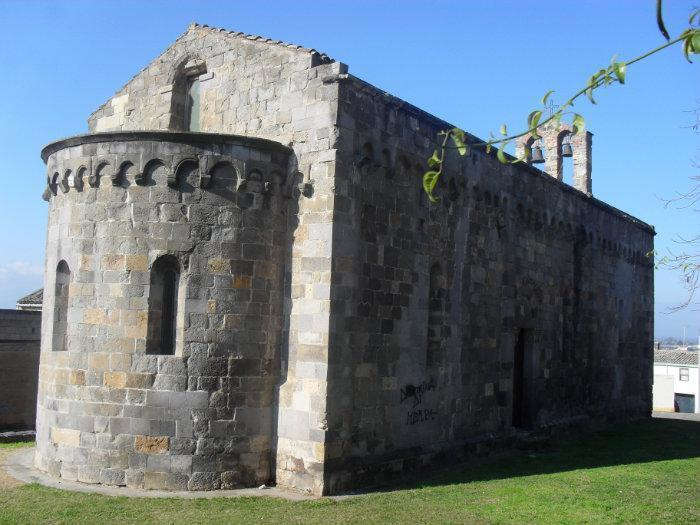Corpo Pagina
Samassi is one of the most important centers of central Campidano, the fertile plain that crosses southern Sardinia. The most ancient human settlements in the area of Samassi are attested in the Late Neolithic (3500 BC). Many artifacts dating back to the pre-Nuragic era have been found, including axes, mace heads, spindle whorls and obsidian tools used for hunting and for housework. In different areas of the village, especially in Palaziu, evidences related with the culture of Bonnannaro and Monte Claro have been attested.
Some of the most important findings come from the area of Sa Mandara. Among them there are a fragmentary bust in sandstone, maybe a male character, and an anthropomorphic idol carved on a ellipsoidal yellow granite boulder, perhaps a cult image; both objects are related to the Culture of Bonu Ighinu, in the Middle Neolithic, and are now on display in the Musei Nazionali di Cagliari.
The Nuragic period is attested by the ruins of a nuraghe in the area of Stani and in the Sa Uga site.
In other areas, including Palamuras, Stani, Sa Uga, Santa Maria, Perda Moi the Roman period is attested by settlement remains and necropolis; during this period this was one of the most important rural communities of the Campidano plain.
Finally, of importance was the discovery on the hill of San Gemiliano, where the Romanesque church of the same name stands, of a necropolis with chamber tombs with barrel vaults, made with large, squared blocks of trachyte, evidence of the Vandal era in the mid-5th century AD.
Featured photo: chiesa di San Gemiliano
ph.credits: Corrado, CC BY 3.0 <https://creativecommons.org/licenses/by/3.0>, via Wikimedia Commons

